There were three of us that made the trip to the famed Black Dirt region of Orange County, New York yesterday. We had as 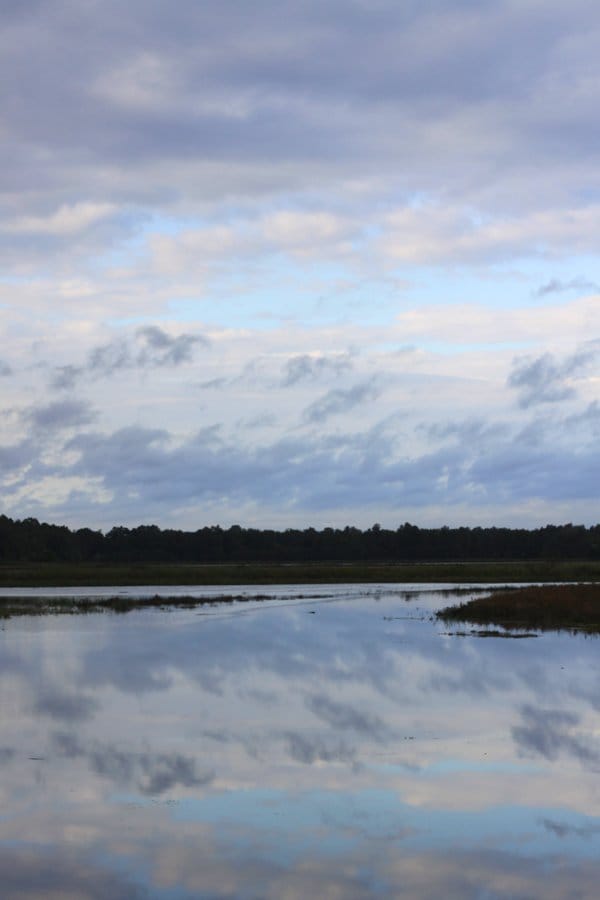 our goals spotting the reported Cattle Egret and Blue Grosbeaks and as many shorebirds as could be found in the flooded environs. You see, the Black Dirt region, an agricultural area known for its amazingly dark and fertile soils, is essentially a flood plain and when rain falls in the quantities it has recently in New York from regular rainstorms and from Hurricane Irene and Tropical Storm Lee, the essential nature of the region becomes apparent. Fortunately for everyone but the farmers, it was mostly farm fields that were flooded, but roads, buildings, and homes certainly felt the effects of high water as well.
our goals spotting the reported Cattle Egret and Blue Grosbeaks and as many shorebirds as could be found in the flooded environs. You see, the Black Dirt region, an agricultural area known for its amazingly dark and fertile soils, is essentially a flood plain and when rain falls in the quantities it has recently in New York from regular rainstorms and from Hurricane Irene and Tropical Storm Lee, the essential nature of the region becomes apparent. Fortunately for everyone but the farmers, it was mostly farm fields that were flooded, but roads, buildings, and homes certainly felt the effects of high water as well.
Birders regularly visit the Black Dirt region in late summer and early fall hoping to find grasspipers, shorebirds that tend to be found in large open fields, but the shorebird bonanza this year has been completely off the charts with a couple of first records and all time maximum counts for the county being recorded. Also off the charts this year is the smell of onions. What? Onions? Yes, onions. One of the big crops in the region is onions. Introduce lots of flood waters to nearly-ready-to-harvest onions and then add sunlight and you end up with an onion broth that covers hundreds of acres. I can’t think of any other time I have come across sights like these:
But Seth, Gene, and I weren’t in the Black Dirt region to check out floating onions. We were there for the birds! And our first stop specifically for birds was the viewing platform on Oil City Road that overlooks Liberty Marsh. This is where the Cattle Egret had been reported recently and where we three intrepid birders did our best to turn each of the two juvenile Little Blue Herons we spotted into the egret we were hoping to spot. Despite our best efforts the Little Blue Herons remained Little Blue Herons. Consolation prizes included a flyover Caspian Tern, a horde of Common Yellowthroats, and a Red-shouldered Hawk. A cruise down Missionland Road, which, according to other birders, had been the best shorebird habitat on Saturday, netted a host of common shorebird species, a Pectoral Sandpiper, and three flyover American Golden Plovers. More impressive was the agricultural scenery.
Driving around the area checking every flooded field was not as productive as we had hoped though we did happen upon a previously reported family of Blue Grosbeak. We also came across a couple Eastern Phoebes, a big bunch of White-rumped Sandpipers and Lesser Yellowlegs, and flocks of mosquitoes. Eventually we made our way back to the Liberty Marsh overlook where a juvenile Bald Eagle immediately flew over and the juvenile White Ibis that hadn’t been seen in several days was already teed up in someone’s scope. The looks were nothing like the looks I had at the one in New Jersey on Friday but two White Ibis in one weekend in the northeast is nothing to sneeze at.
Then word came of a Buff-breasted Sandpiper over on Missionland Road so we returned there where we saw that and the three golden-plovers we had seen previously as well. The buffie flushed before worthwhile pictures could be obtained but two of the three golden-plovers had no problem showing off for the cameras.
Though we tried we could find nothing better so we continued on our way, stopping for some largely unsuccessful herping along the way, dropping Gene at his house in Rockland County and heading back to Queens. It was a good half-day’s birding and here’s hoping we get a repeat soon!
…



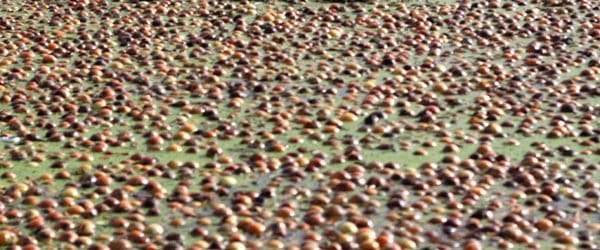
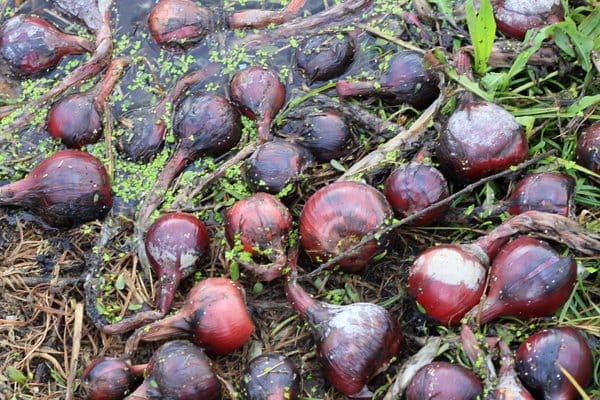
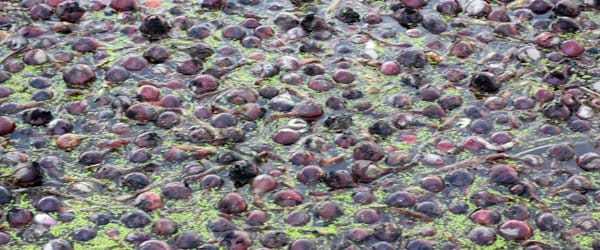
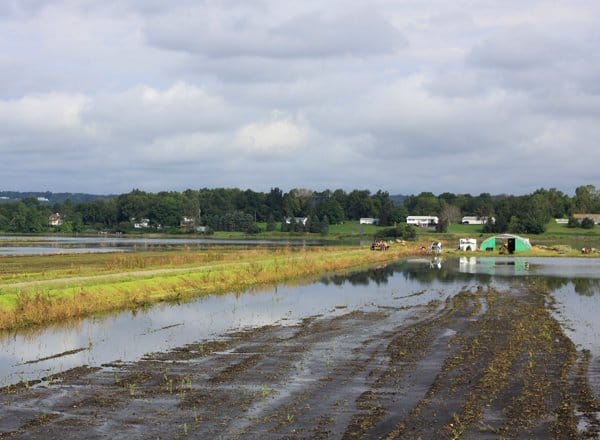
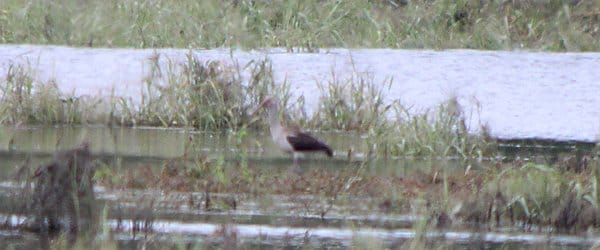
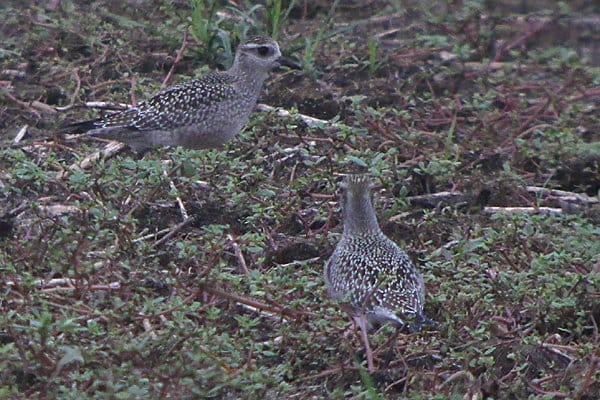
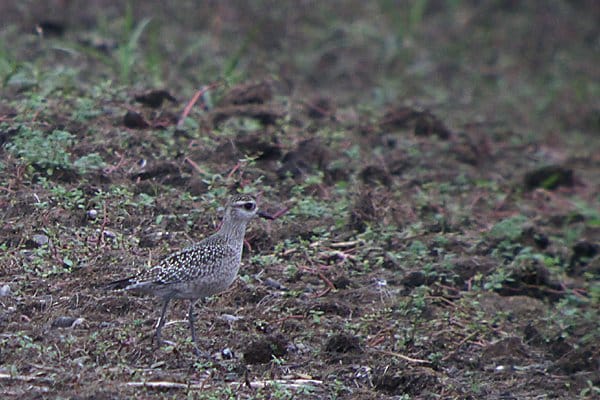











The fact that you only casually mention seeing a family of Blue Grosbeaks shows that you are spoilt as rotten as the onions. 🙂